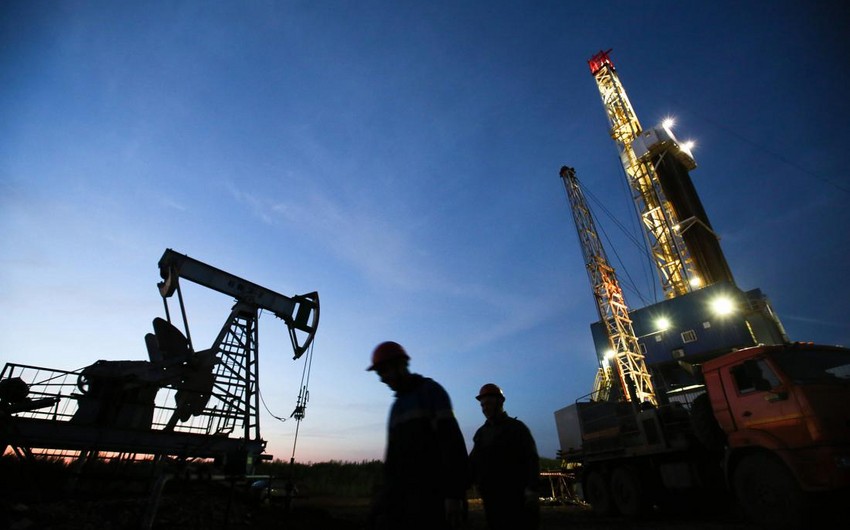Oil prices advanced amid supply disruptions in the southern United States caused by the Arctic storm. The price increase is limited by expectations that the OPEC+ group may ease production restrictions after April, Report informs, citing Investing.com.
The price of a barrel of April Brent oil on February 17 by 10:50 (Baku time) was 63.5 US dollars (+0.24%). A barrel of March WTI crude oil was trading at $60.11 (+0.1%)
Analysts said oil prices had risen strongly in recent months, with supply disruptions caused by a winter storm in Texas, the nation's largest oil-producing state, supporting prices, Report informs, citing Investing.com
Analysts at ANZ and Citigroup estimate that US shale oil production has declined by at least 2 million barrels per day (BPD). Citi estimates that by the beginning of March, total production losses were about 16 million barrels.
However, the extreme cold has also hit demand for crude oil due to disruptions at refineries. So, located in the Houston area in Pasadena, Texas, the Chevron Corp refinery with 112,229 b/d was closed on February 16.
Both oil futures were lower in early morning trading due to pressure from a stronger U.S. dollar and a potential increase in production from the Organization of the Petroleum Exporting Countries and its allies, a group known as OPEC+.
OPEC+ sources told Reuters that oil producers in the group are likely to ease supply restrictions after April, given the prices' recovery. However, any increase in production will be insignificant, as producers fear new failures in the fight against the COVID-19 pandemic.
Although Riyadh has not shared its plans for the period after March with its OPEC + partners, the group expects Saudi Arabia to return supplies from April.
The OPEC+ group will meet to determine production policy on March 4.
"We are in a technical holding position, supported by fundamentals on the downside and upside, limited ahead of the March OPEC meeting," said Stephen Innes, chief market strategist at Axi.


 https://static.report.az/photo/a97ce794-8588-3793-960f-9eabb1a05ac8.jpg
https://static.report.az/photo/a97ce794-8588-3793-960f-9eabb1a05ac8.jpg

